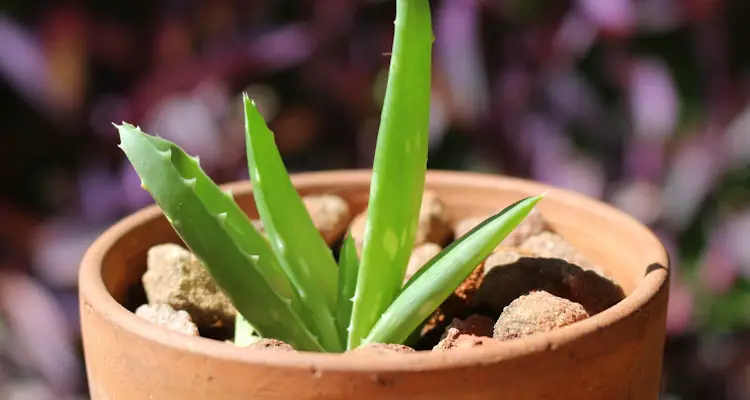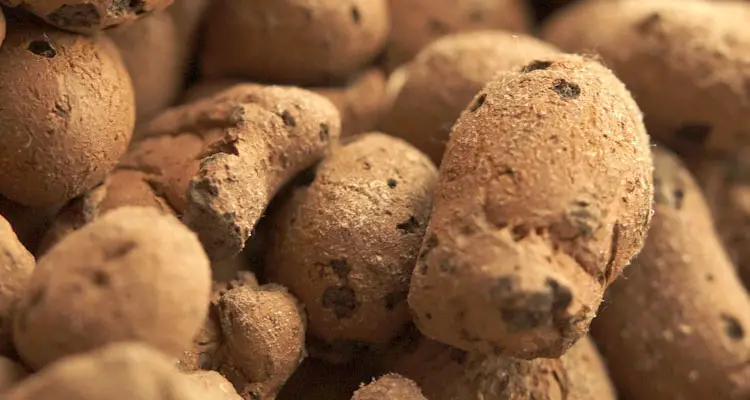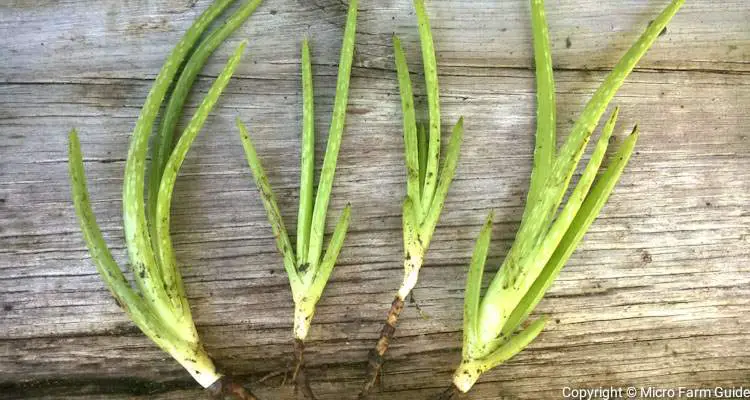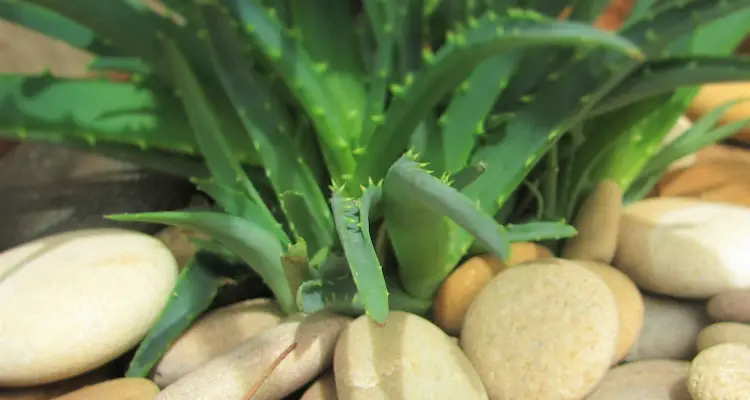Aloe vera can grow in water, provided it receives the nutrients and light needed to function. Ideally, it should be cleaned properly and supported to keep its leaves above the water level.
However, many people who grow aloe vera would disagree with this idea, due in part to the belief that overwatering causes fungal and structural issues.

In this article, we will explore some instances where aloe vera is grown in water and some possible application for these techniques.
Does Soaking Aloe Vera In Water Kill The Plant?
Contrary to popular belief, water does not kill aloe vera plants. In fact, through numerous experiments, it was shown that it is possible to grow aloe vera in water over an extended period.
Needless to say, aloes cannot grow in water alone and be expected to thrive. You will have to supply it with the necessary nutrients and suitable growing conditions.
Some people use hydroponic solutions to provide the required nutrients. However, aloe vera also thrives in aquaponic systems, receiving nutrient-rich water from fish and other aquatic animals.
In these systems, it is common to grow aloe plants in pebbles or other soilless growing media. These help to support the plants and keep their leaves safe and dry.

You can grow aloe vera from a cutting, preferably a root or stem. However, you will need to clean and wash them thoroughly before attempting to root them or risk introducing harmful organisms into the system.
In theory, you should be able to grow aloe vera in a functional aquarium, containing airstones, fish, and aquatic plants. However, you’ll need to find a way to suspend the base of the leaves above the water level. In short, there are better options than aloe for this application.
How To Regrow Aloe Vera Cuttings In Water
To regrow aloe vera, you’ll need to clean and place the lower part of the stem into about ½ inch of water. Then put the container in a cool, well-lit area.
The root of the plant should emerge in about 2 to 3 weeks, depending on the age of the cuttings. You will need to change the water occasionally to prevent mosquito larvae from developing.
While this is an interesting experiment, it is not the best option since aloe vera cuttings root easily and much faster in soil and potting mixes.

Growing Aloe Vera In Hydroponic Systems
Aloe Vera grows well in hydroponic systems, especially those that use a growing media to help support the plant.
I have seen great results from people who grow Aloe vera in Leca, a type of expanded clay pebbles. However, it isn’t easy to justify the cost, considering the ease at which aloe grows in soil.
However, if you are interested in experimenting with hydroponics, you’ll need to ensure that you clean the aloe vera cuttings properly before introducing them into the system.

You can use a balanced hydroponic nutrient solution, but ensure that you dilute it since aloes are not heavy feeders.
Cover the sides of the container to prevent light and mosquitoes from entering. Transparent and light-colored containers are prone to develop algae. Usually, these will not harm the plant but they are unsightly.
Use a small air pump to aerate and keep the water moving. This will encourage the growth of beneficial bacteria, which will help balance the system and keep your plant’s roots healthy.
As mentioned before, it is possible to grow aloe vera in water but is not feasible in most instances. However, it is a great experiment that you can try.
Related Questions
Can aloe grow in water without soil?
Yes, aloe vera can grow in water without soil so long as the base of the leaves is kept above the water level and the plant receives the necessary nutrients and sunlight.
How do you grow aloe vera in water without roots?
To grow aloe vera in water without roots, you will need to submerge the tip of the stem in about ½ inch of water. Roots should emerge within 21 to 28 days. At this point, you can start providing diluted hydroponic nutrients.
